A look back on one of our early trips to Myanmar when we visited the temples at Mrauk-U and the tattooed Chin women
Every now and then I like to write a blog post about my travelling days when I was in my early to mid-teens, which was around twenty-five years ago! If I’m being honest, I write them mainly for myself. Although I can’t remember what I did a few days ago half the time, my long-term memory is still pretty decent and I like to put fingers on keyboards because it is a good way of diarising what I got up to in the big, wild world back then. Kirsty calls them “Back in the Day” posts and there is a small corner of our website dedicated to my ramblings on the subject.
We recently gave our blog a spring clean. This involved removing some old posts that were, quite frankly, either too personal, not relevant or simply rubbish and/or a bit of an embarrassment. They have not been trashed completely. We’ve archived them or turned them into PDF documents but it is unlikely they will see the light of day ever again.
Another part of our cleanup process involved going through, and whittling down, the few thousand pictures that have amassed on the photography section of our website. This was my job and I decided to be pretty ruthless about what was allowed to stay in the public eye and what wasn’t. As an example, in the past, we have tended to be a bit trigger-happy with our wide-angle lens but neither of us is especially keen on that style of composition these days and so plenty of photos with crazy and daft angles have now been taken down. The same process was applied to portrait photography. This wasn’t so much because we no longer like the composition, we do, but they don’t fit as well as landscape photos in the grid system we use on this section of the website and so I took them down as well.
I had no issues with the whole wide-angle thing but I was a gutted to have to get rid of some of the portrait photos, in particular some of the shots of the many men, women and children we have encountered over the years. Many of them were decent photos but they simply didn’t fit into the grid so as I neared the end of the Kathmandu and Beyond cull (Kirsty prefers the words spring clean!), I decided I would try and incorporate some of the axed portrait shots into blog posts.
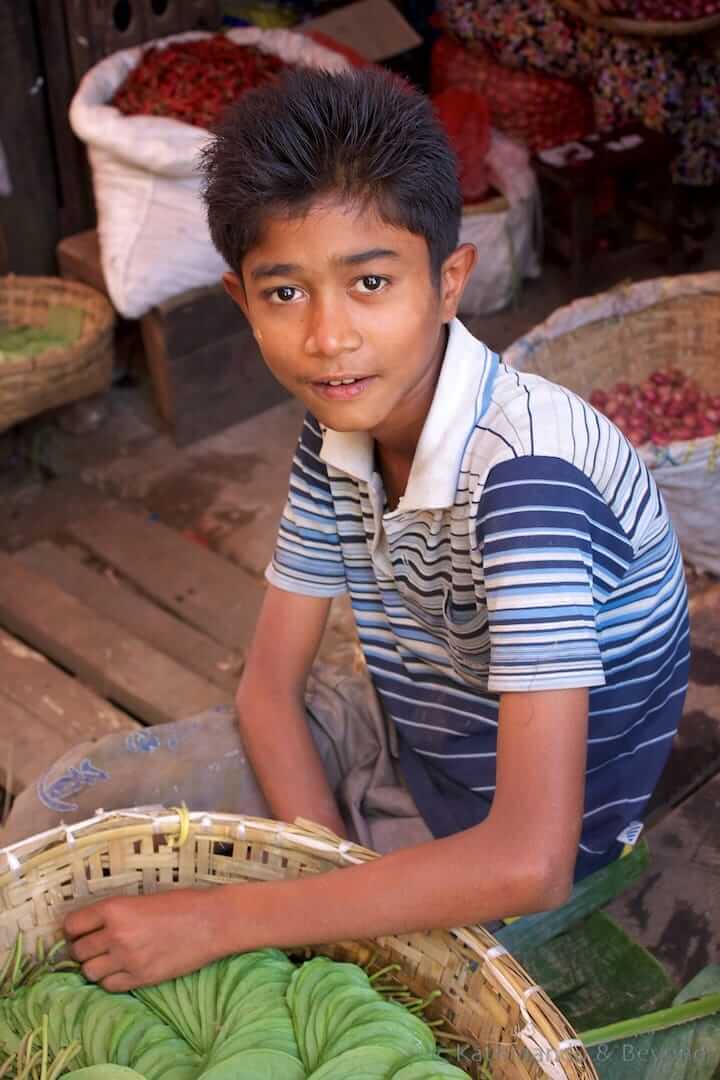
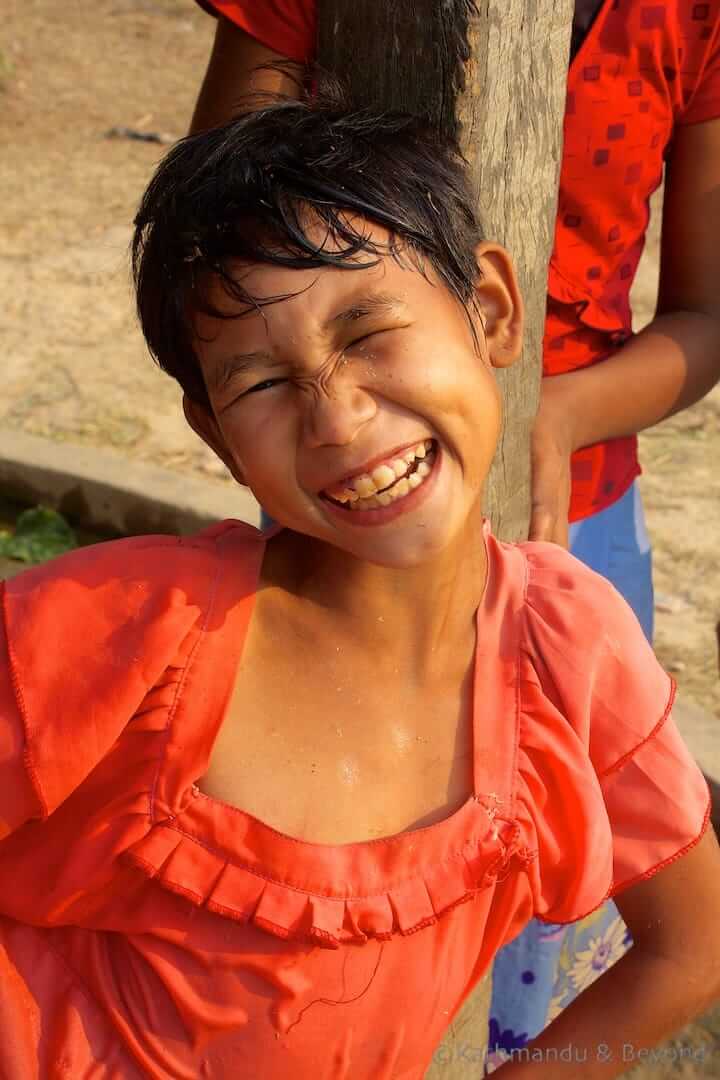
Above: the local market in Sittwe (left) and Mrauk-U (right)
However, this presented another predicament. Given that a high percentage of the photos in question date back quite a few years, our information about the locations in which they were taken is out of date. Hence, I couldn’t really incorporate the photos as part of a practical/go-to guide.
But then I thought about it. We started this adventure back in 2008. That’s eleven years ago and, to me anyway, I think that means that some of our earlier travels are now old enough to qualify as “Back in the Day” experiences and so that’s the route I’ve decided to go down…
Visiting Myanmar’s Rakhine State in 2010
Located on the west coast of Myanmar and part bordered by Bangladesh in the north, these days the FCO advise against all but essential travel to most parts of Rakhine State (*). This is largely down to civil unrest and regular outbreaks of armed conflict between the Myanmar military and the various indigenous groups that live in this part of the country, many of whom have endured widespread ethnic and religious persecution for many years.
(*) Some southern townships in Rakhine, including the tourist resort of Ngapali, are OK to visit.
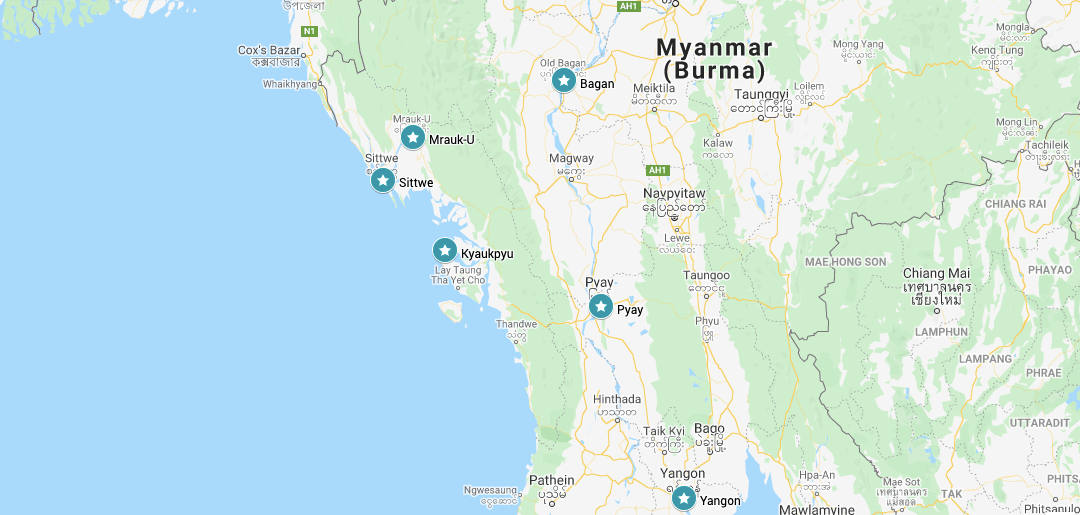
I honestly can’t remember what the FCO advice was when we visited Rakhine State in Myanmar in January 2010 but it is a real shame that the region is no longer accessible for tourists as it is one of the most fascinating, and little-visited, parts of the country.
The predominant reason to visit the state of Rakhine is to try and make it to the small town of Mrauk-U. Once a kingdom in its own right, the red-earthed and dusty landscape that surrounds Mrauk-U (pronounced ‘Myow Oo’) is sprinkled with hundreds of temples and pagodas. It is a mesmerising sight and, along with the world-famous ancient city of Bagan, some 185 crow-fly kms to the northeast, Mrauk-U, it is one of the country’s most important archaeological sites.
We knew before even arriving in the state that we were in for some fairly long and arduous journeys in order to reach our goal. To get to Mrauk-U back then, and I guess this information is still up to date, we first had to get to Sittwe, the state’s sleepy capital. This involved taking a flight from the country’s largest and most important city, Yangon (*).
(*) Myanmar’s largest and most important city but not its capital. Answers on a postcard if you know which city is the capital of Myanmar and double points if you can spell it without looking it up!
A flight is neither arduous or time-consuming I hear you cry but, because of Myanmar’s rampant two-tier pricing system for foreigners, it was an expensive way to start the journey. We arrived in Sittwe around noon and needed to spend the night there before moving on. Like everywhere in Myanmar, Sittwe was a friendly place and we spent the afternoon down in the harbour, talking to people, photographing traders in the local market, and watching guys eke out a meagre living by pushing fully-ladened rowing boats out to the estuary because the tide was out.
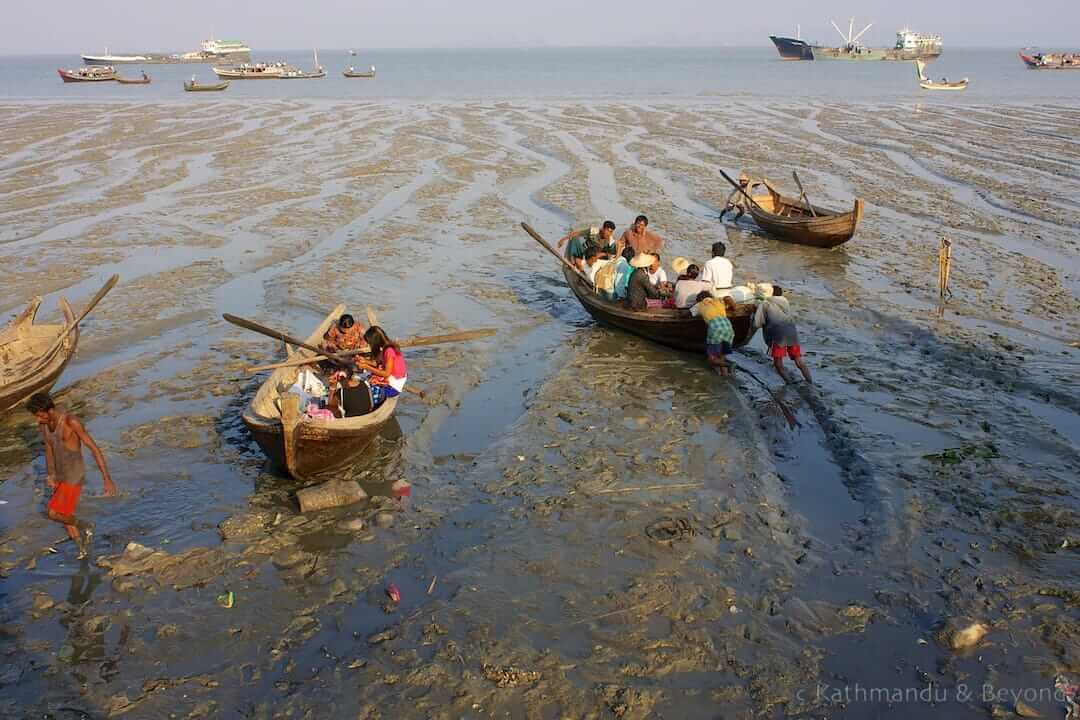
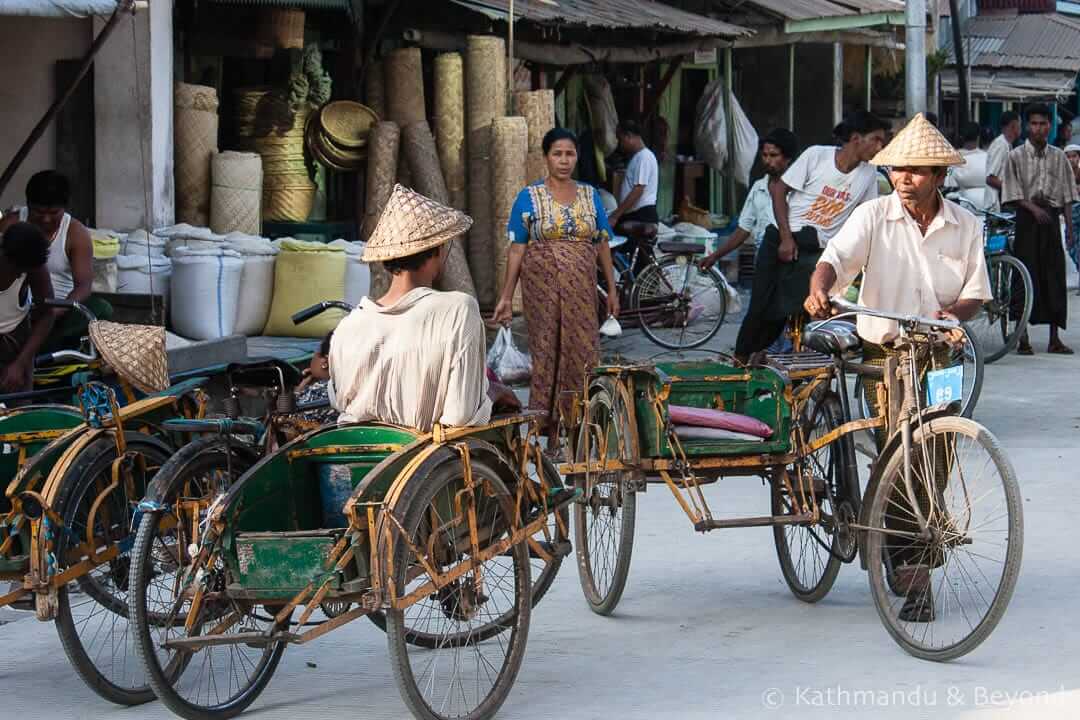
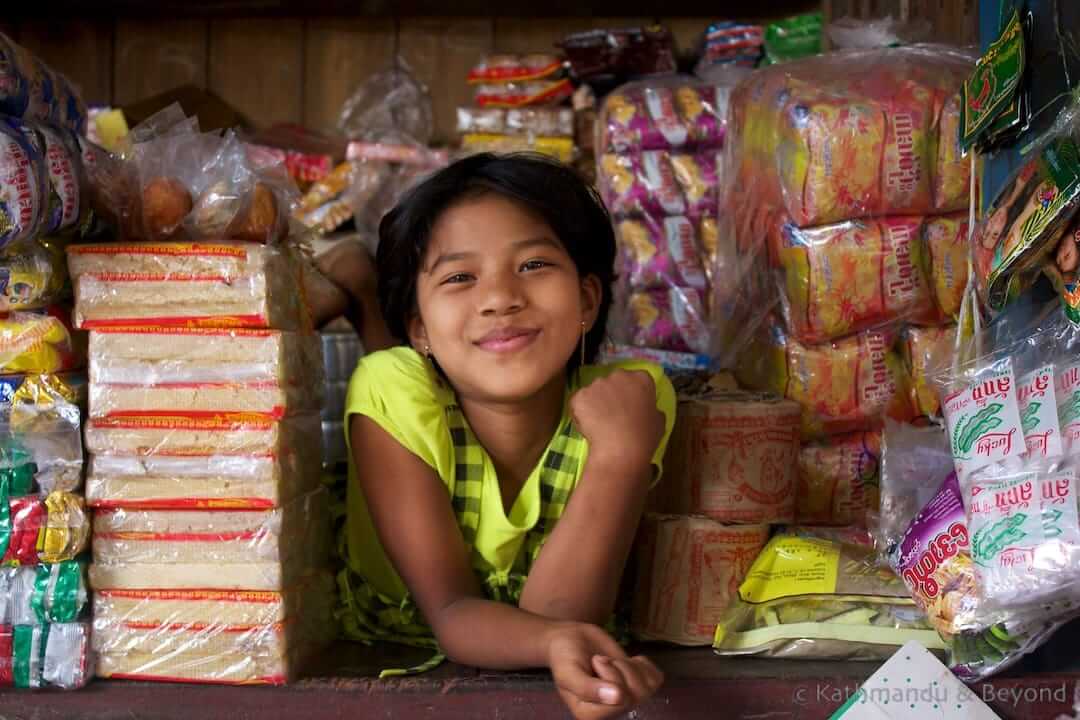
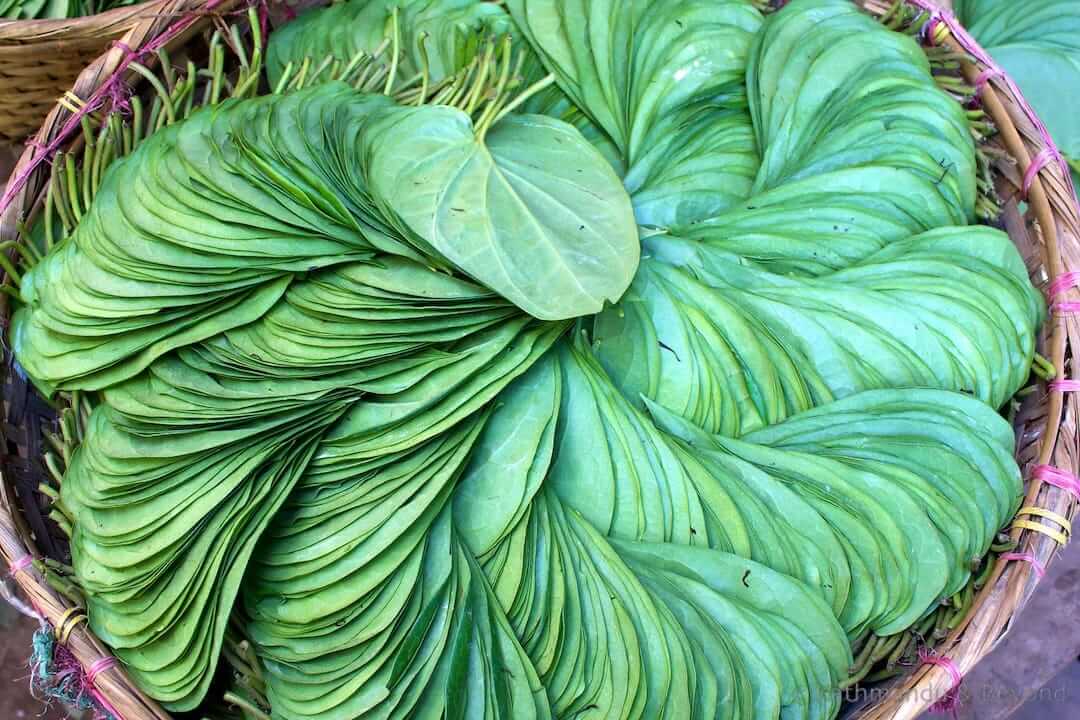
Above: All photos from Sittwe
The second stage of the journey to reach Mrauk-U required a ridiculously early start (around 4.30 am) and a long ferry ride along the Kaladan River to the town itself. The ferry, which only leaves a few times a week and is the only way to get to/from Mrauk-U (so you need to get your timing right), is the lifeline for all of the settlements on or near the river and we made numerous deliveries and pickups of people and cargo along the route.

The ferry between Sittwe and Mrauk-U
Including stops, the journey time was about seven hours but one advantage of the two-tier pricing system is that is there is a better class of travel, you normally don’t have a choice but to take it and so our upper deck was relatively people-free. We were also provided with a decent chair each rather than a tiny stool to sit on for the duration of the journey.
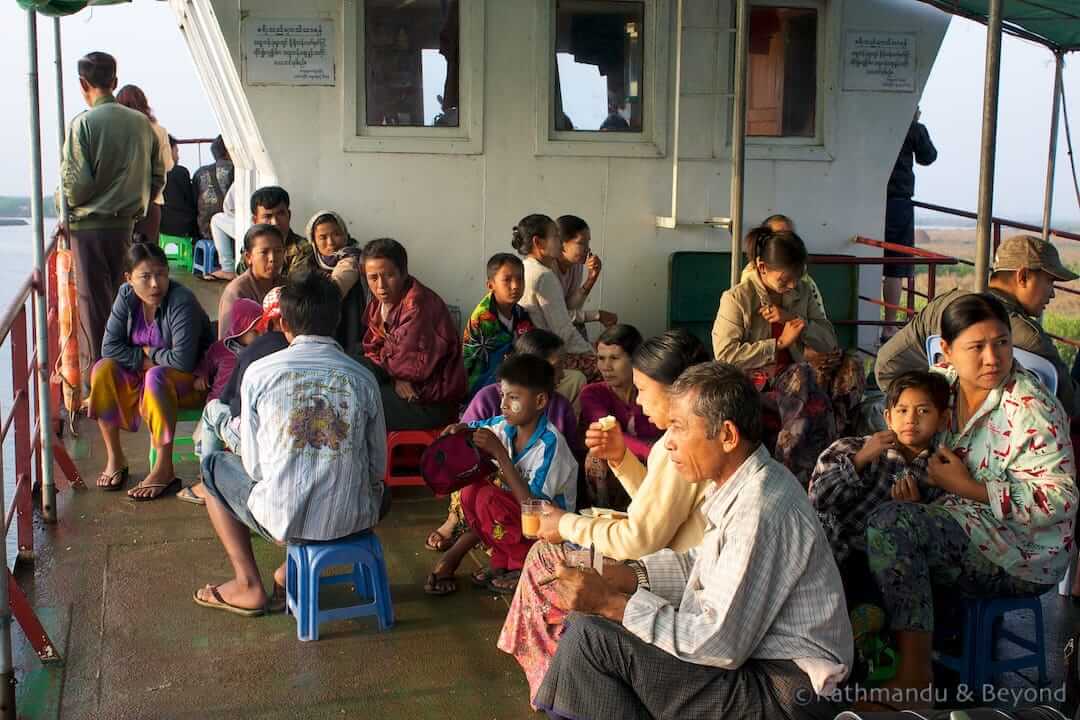
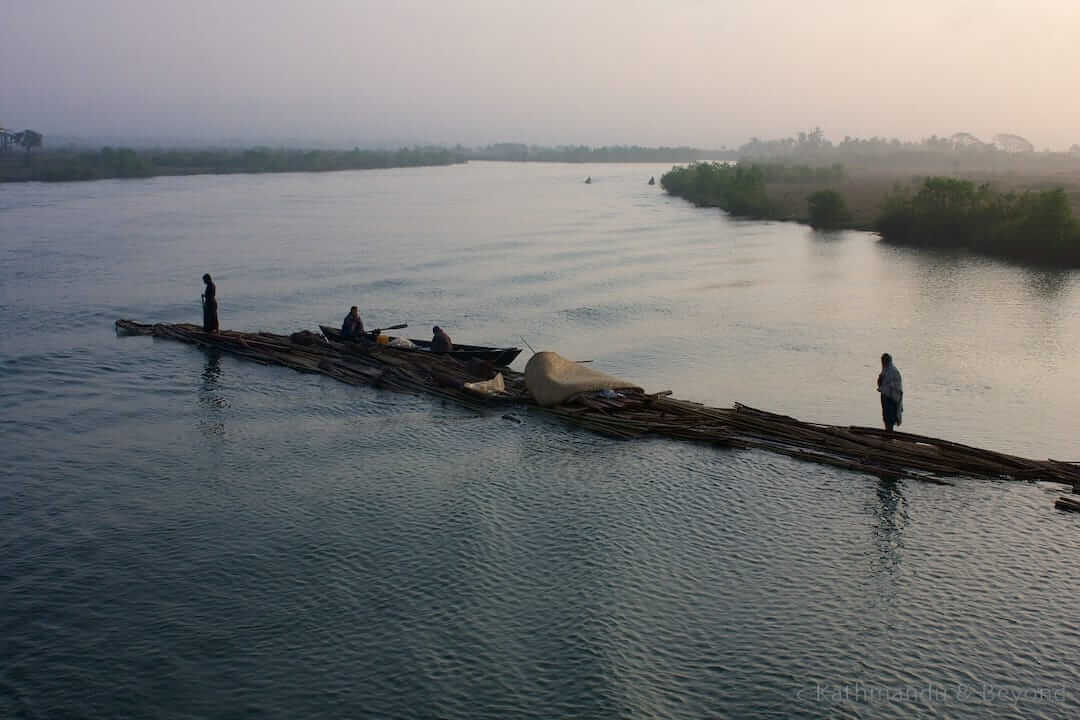
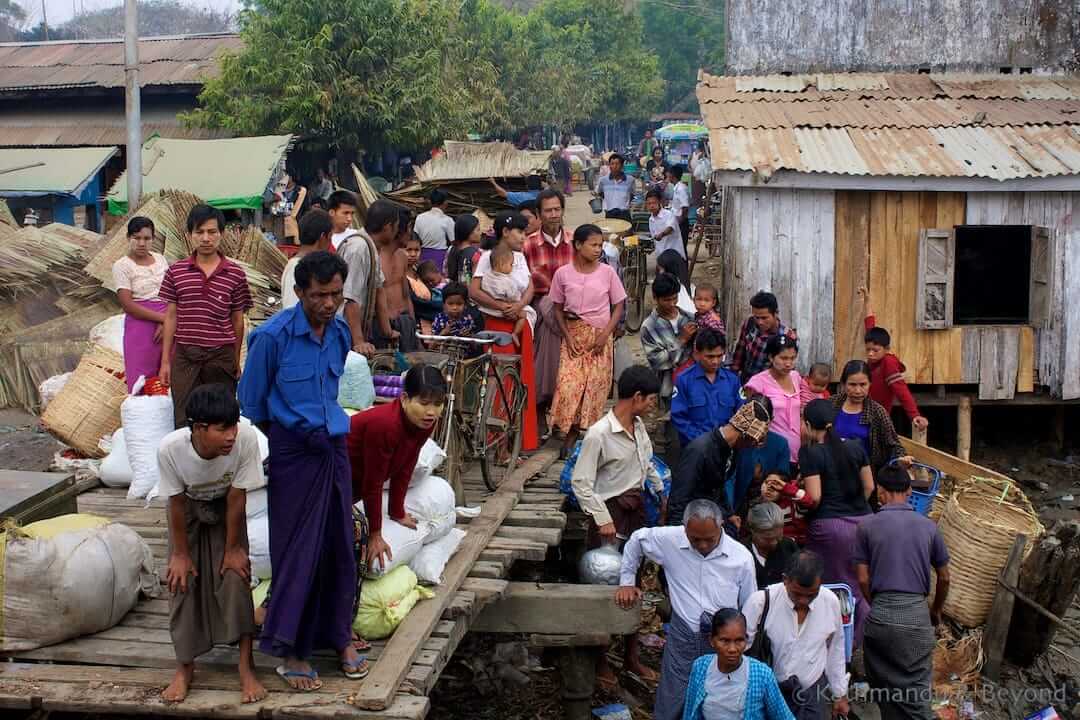
Above: All photos from the ferry ride between Sittwe and Mrauk-U
Repeating the process to get back from Mrauk-U to Sittwe, we needed to spend yet another night in the town before moving on. We never did find out if we were officially permitted to do this but we were dammed if we were going to spend another couple of hundred US dollars each on a flight back to Yangon and so we chanced our arm and boarded an extremely noisy hydrofoil (*) the next morning that took us from Sittwe south through the inlets of the Bay of Bengal to Kyaukpyu, where we spent yet another night before continuing to the lovely town of Pyay.
(*) Although the engines were loud, it was the terrible kung fu movies that were playing at full volume that really made us wish we’d had earplugs!
Pyay was definitely a town in which foreigners were permitted to be but it is unlikely that Kyaukpyu was. But, we got away with it and our travelling time to reach Mrauk-U, not including time spent there, only amounted to five days in total!
As for Mrauk-U itself, the visit was certainly worth the effort of getting there and we spent a wonderful four days pottering around. There were a handful or so of other tourists there at the same time as us but we still, more or less, had the temples to ourselves. For the first three mornings, we would wake up early and leave our very basic guesthouse (that didn’t have a proper room for us for the first two nights of our stay; we had to sleep in a makeshift office out the back!) on a couple of equally basic pushbikes and ride through the countryside surrounding the town. The temperature at this time of day was perfect and we would visit temples, stop for breakfast somewhere and interact with the local population as they went about their daily business, which included monks playing a game of football! After an early lunch, we would go back to our makeshift office to avoid the hottest part of the day and have a bit of a kip and then in the late afternoon we would head out again and more or less repeat the process. We would end the day on a hill somewhere and watch the sun go down over the temples. Although I’m not one for gushy prose, I have to say that it was one of the most magical experiences we have ever had and Mrauk-U is unquestionably one of the reasons why Myanmar is such a special place for both of us.
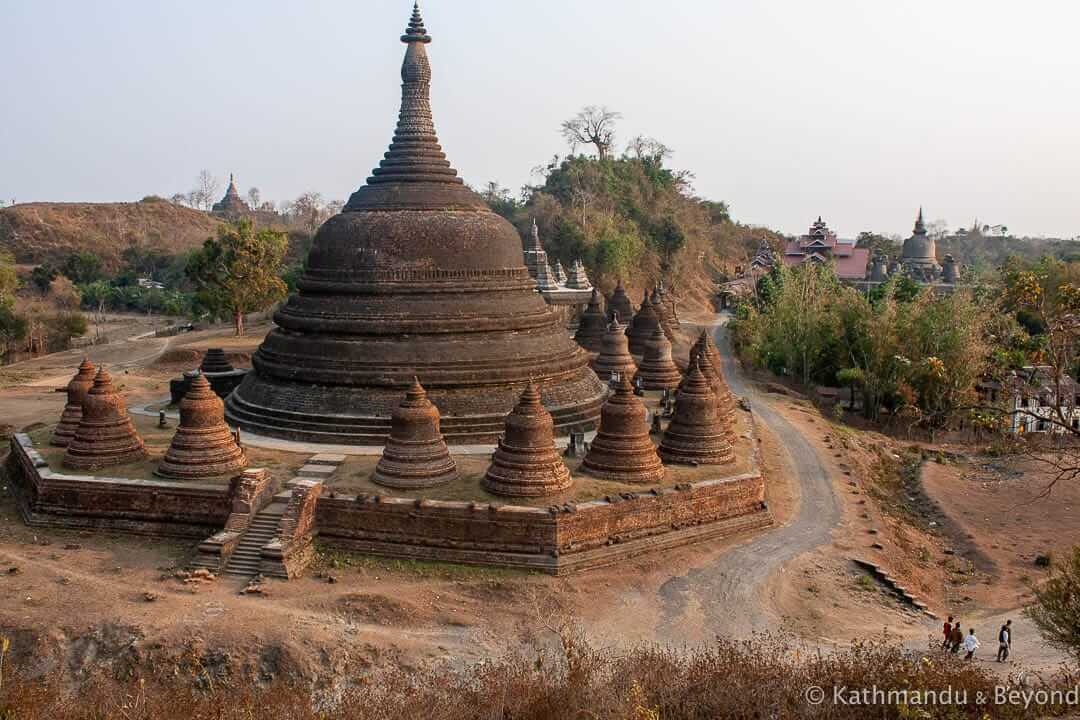
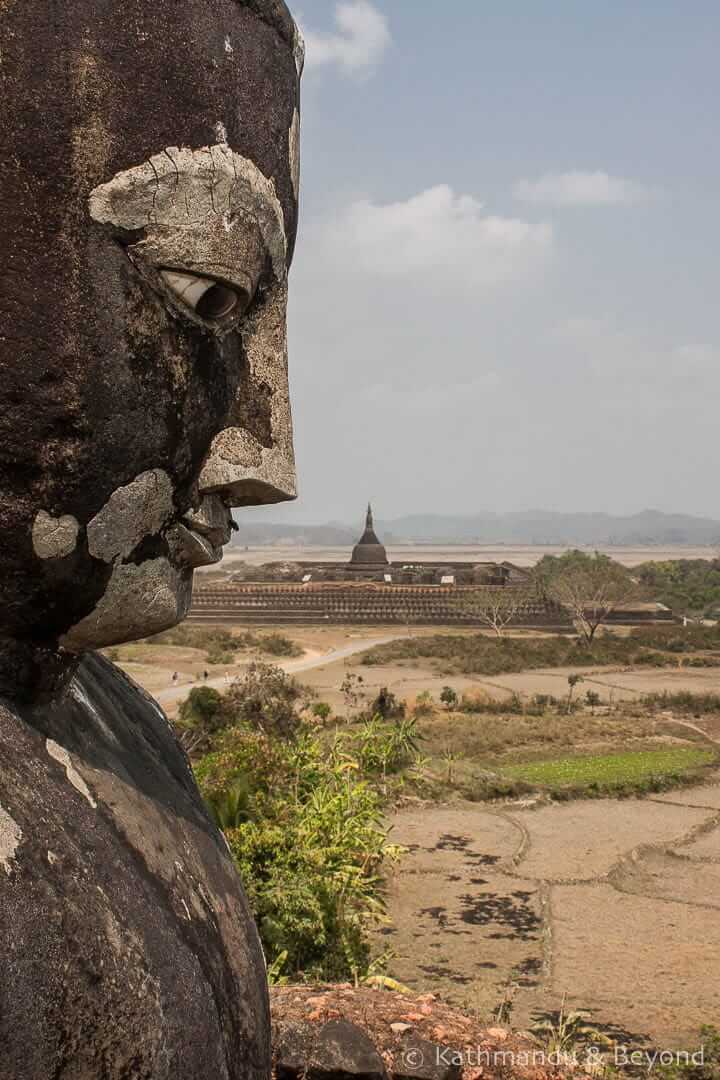
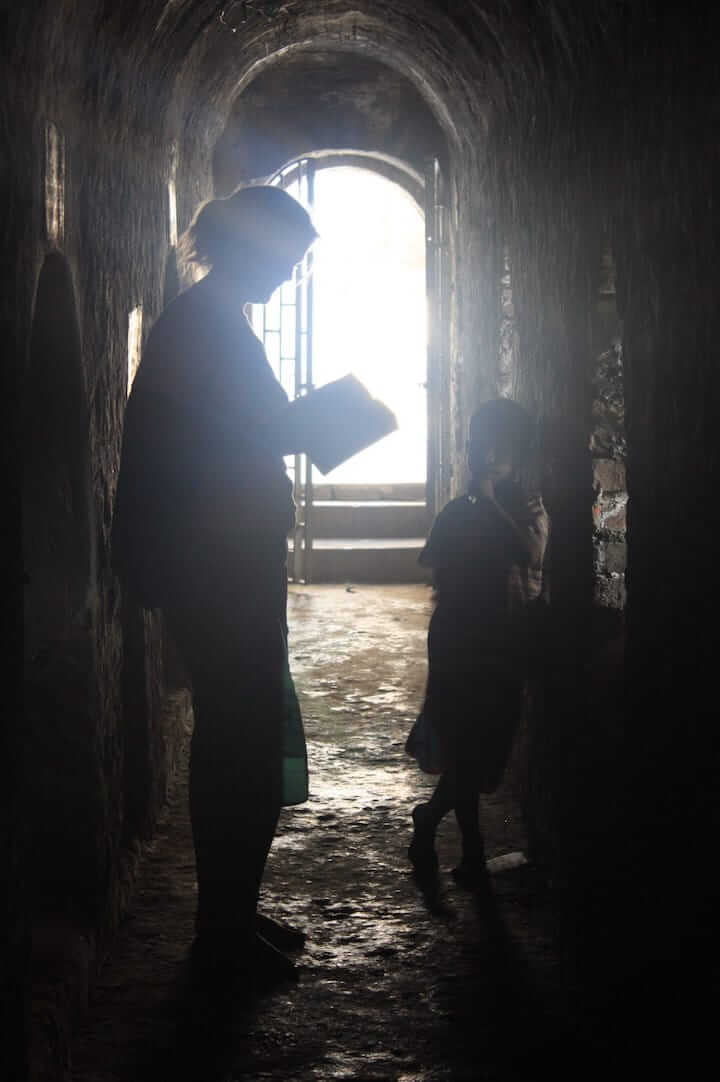
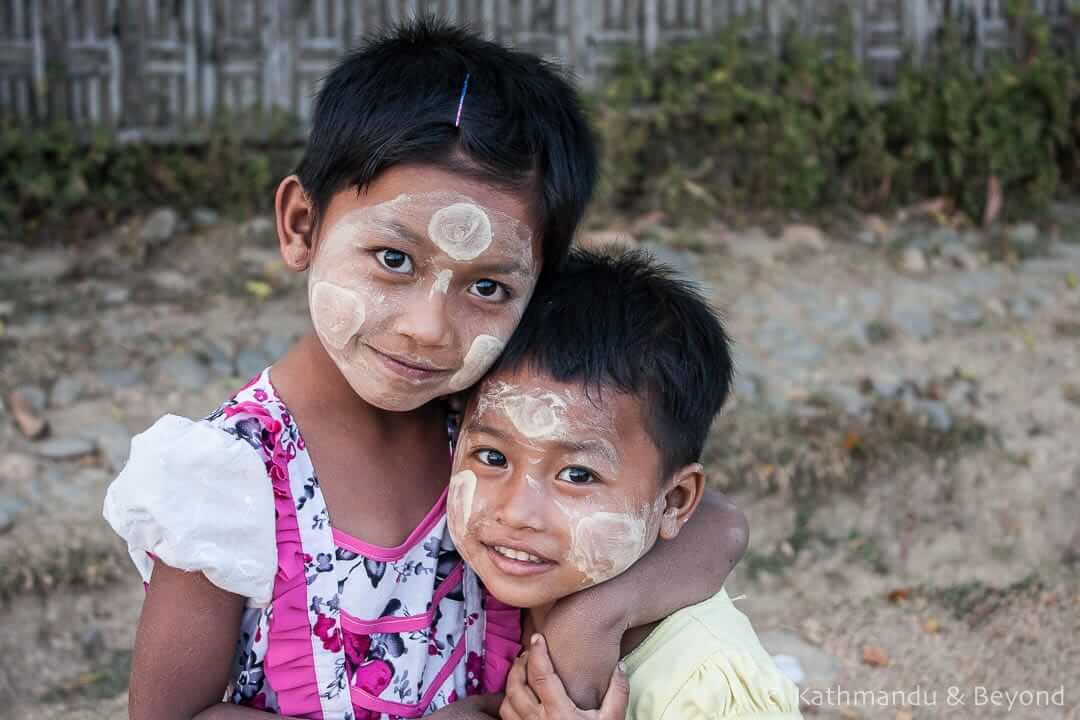
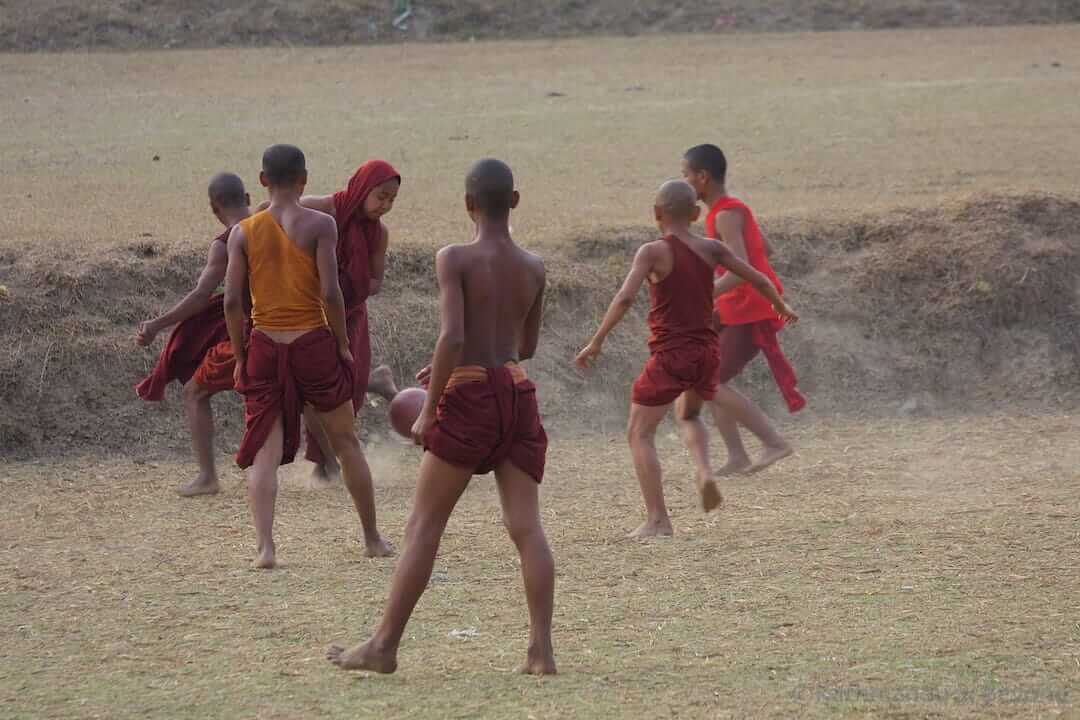
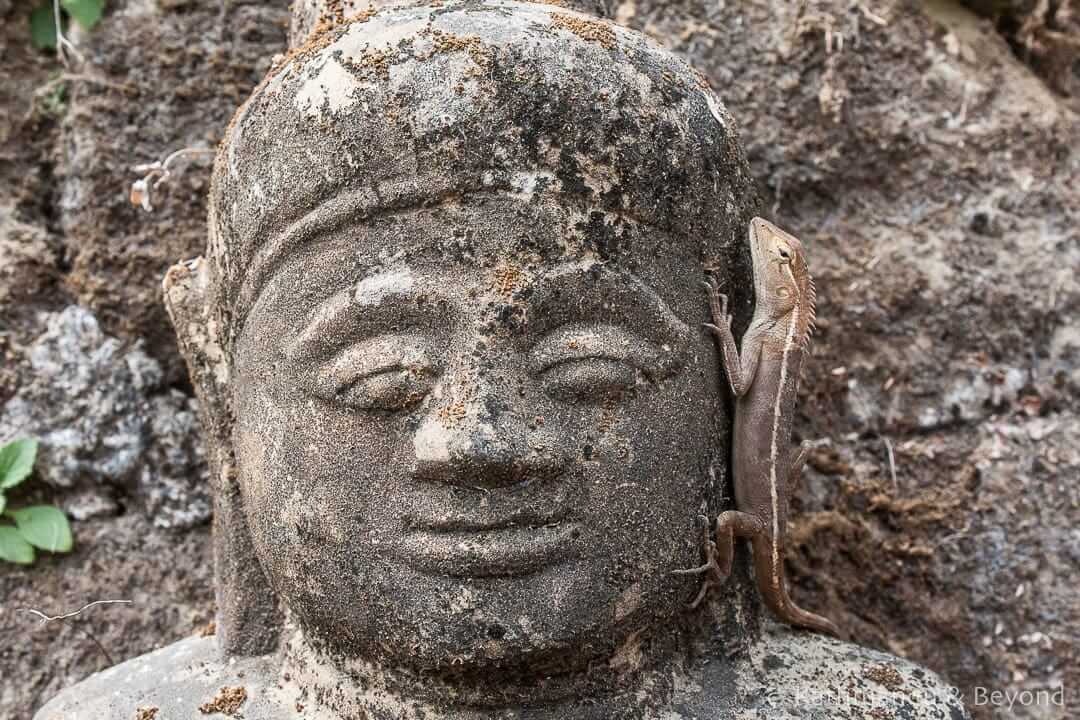

Above: All photos of Mrauk-U
The other draw in this part of the country is to take a boat trip on the Lemro River, on which Mrauk-U is situated, and on our final day before returning to Sittwe we decided to swap temple-bashing for a journey on the water. The scenery along the river’s course was great and we saw plenty of river-life as we sped up and down on a motorised long-tailed boat but the main reason to undertake the excursion was to visit one of the riverbank villages where the elderly women have facial tattoos and markings.
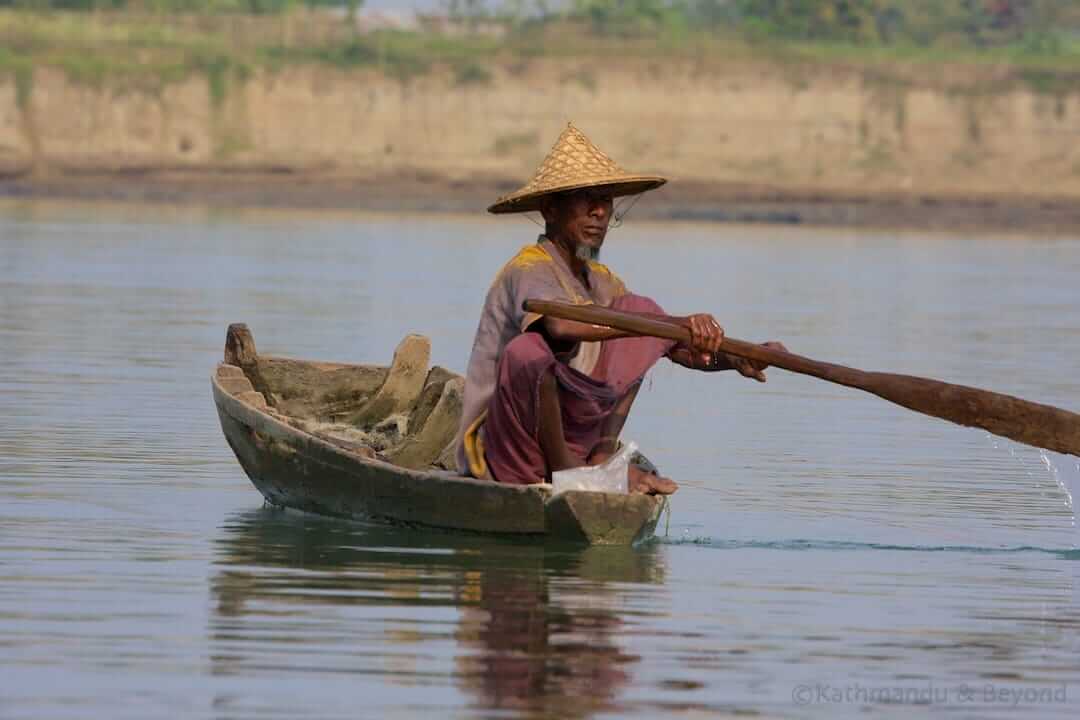
Life on the Lemro River
I appreciate this will be a bit voyeuristic for some. We debated ourselves whether we wanted to see these women or not and, actually, one half of the couple we went on the boat trip with decided he didn’t want to enter the village where we were going to encounter them, preferring instead to stay near the boat.
We had to take gifts (not money) and in return, we were able to interact with the women (through the local school teacher who spoke English), look around the village and, of course, take some photos of them. I’ll admit, the experience was a bit odd but the women were great fun to be around (read a bit drunk because there had just been a celebration in the village) and, ultimately, we were glad we did decide to go and meet these ladies.
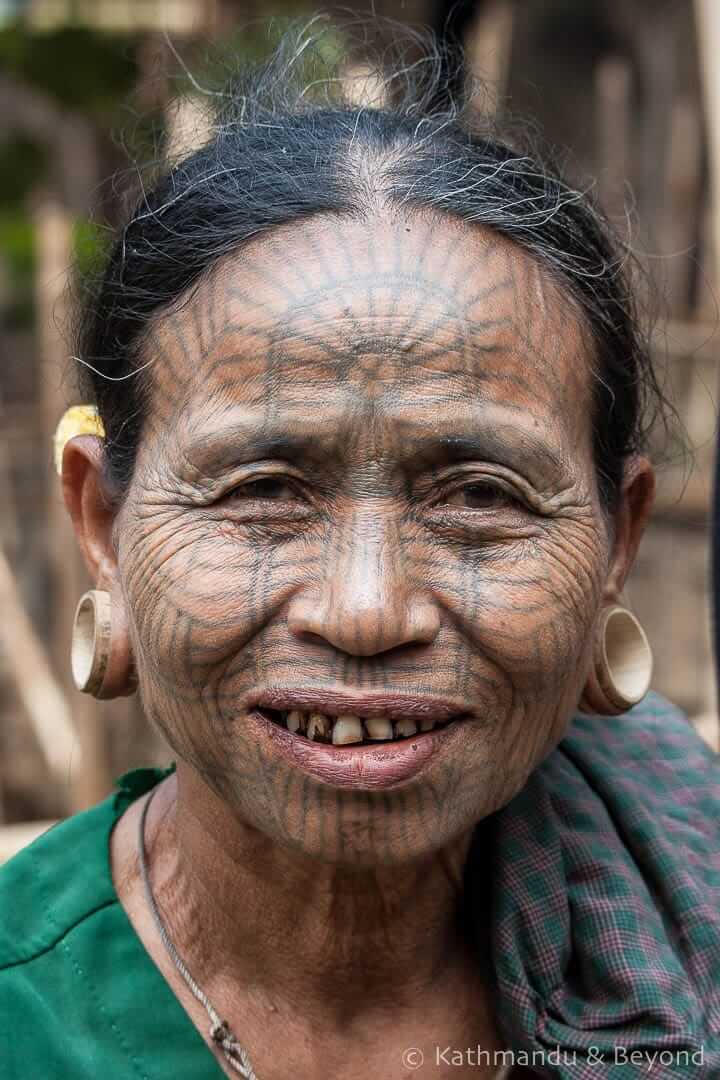
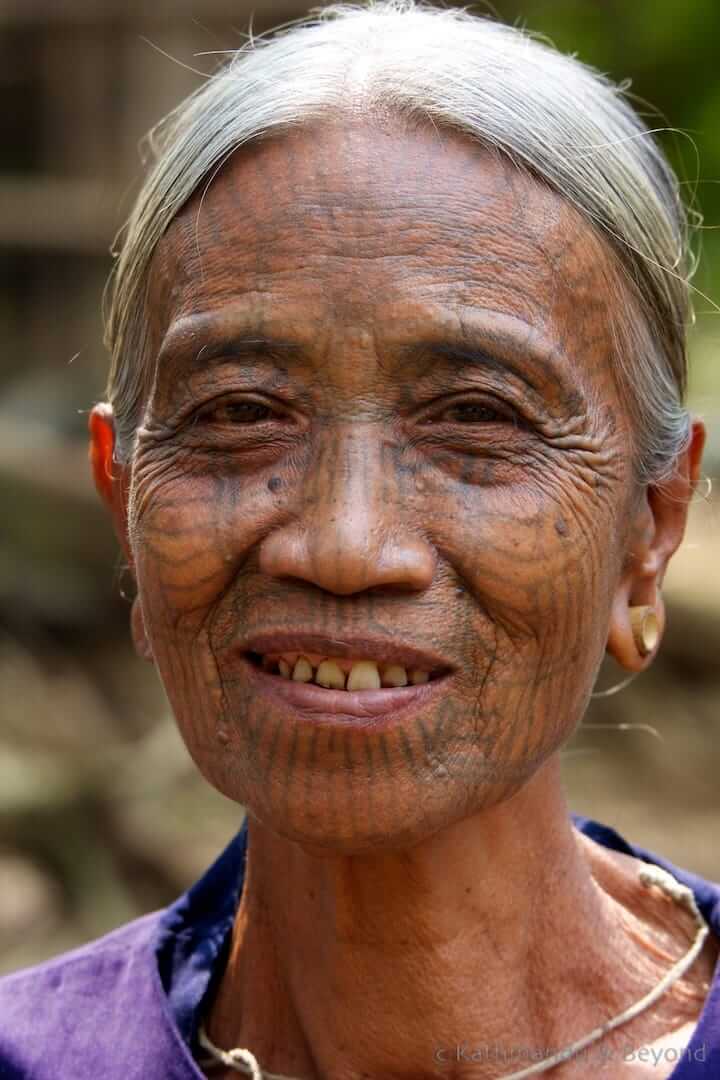
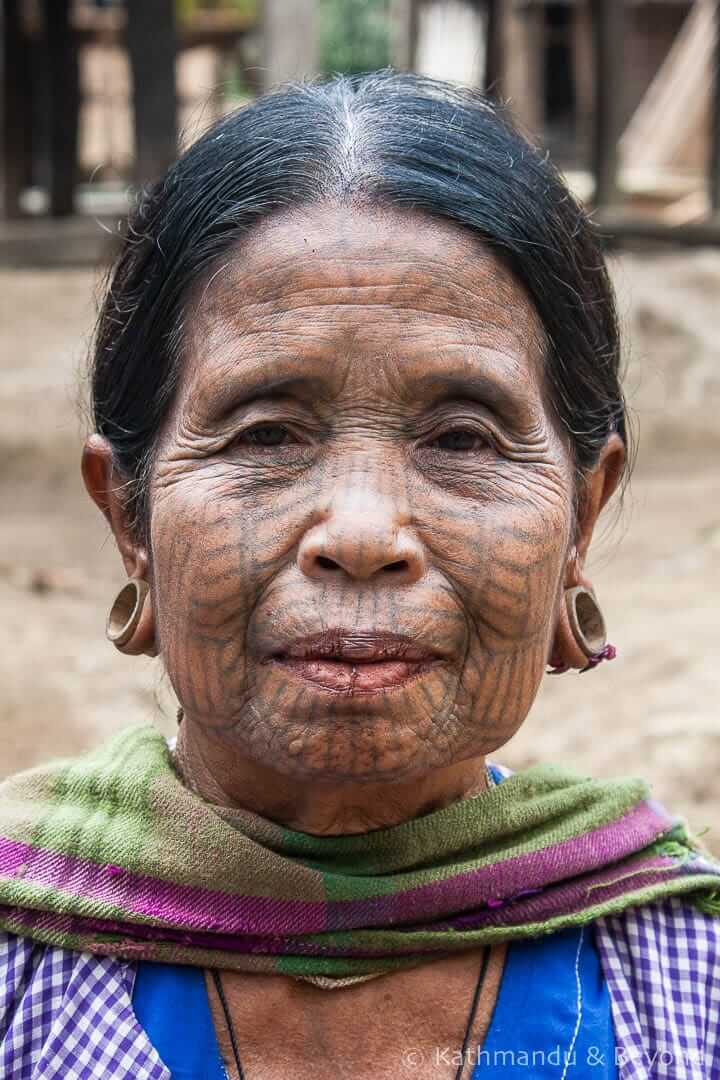
Tattooed elders in the village of Pann Paung
The tradition of tattooing the faces of young girls originated in Chin, the state to the north of Rakhine but some of the Chin tribes migrated along the course of the Lemro River, which flows through both states, and settled in Rakhine as well.
According to legend, a Burmese King once travelled in the region and was so taken by the beauty of the Chin women that he kidnapped one to make her his bride. Thereafter, young girls were subsequently tattooed by their parents to prevent a similar occurrence in the future. As time progressed, the markings developed into a cultural ritual and were seen as a sign of beauty. The tradition of tattooing the faces of young girls has long since died out in both Rakhine and Chin and that is why you only see such markings on elderly women these days.
So, there you have it, the first of our second-generation “Back in the Day” posts. Hopefully, my long-term memory will hold for a while longer and I’ll be able to write some more in the not-too-distant future.
READ MORE OF OUR BACK IN THE DAY POSTS
IF YOU ENJOYED OUR BACK IN THE DAY POST ABOUT VISITING RAKHINE STATE IN MYANMAR, PLEASE SHARE IT…
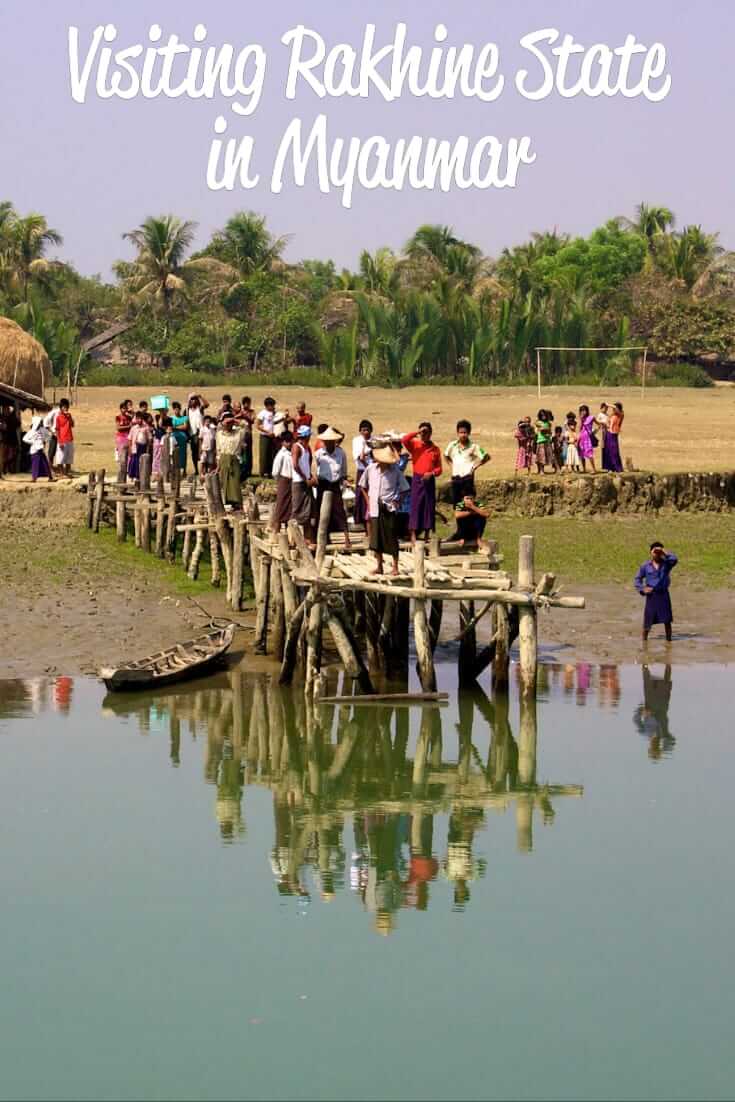
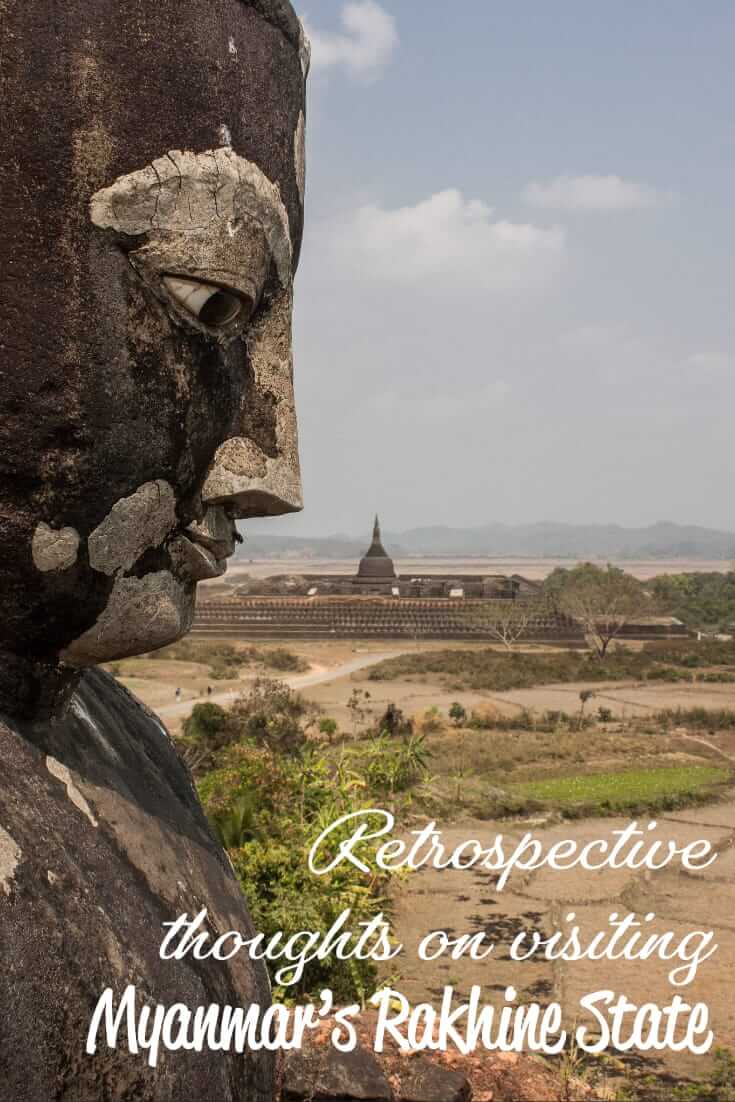
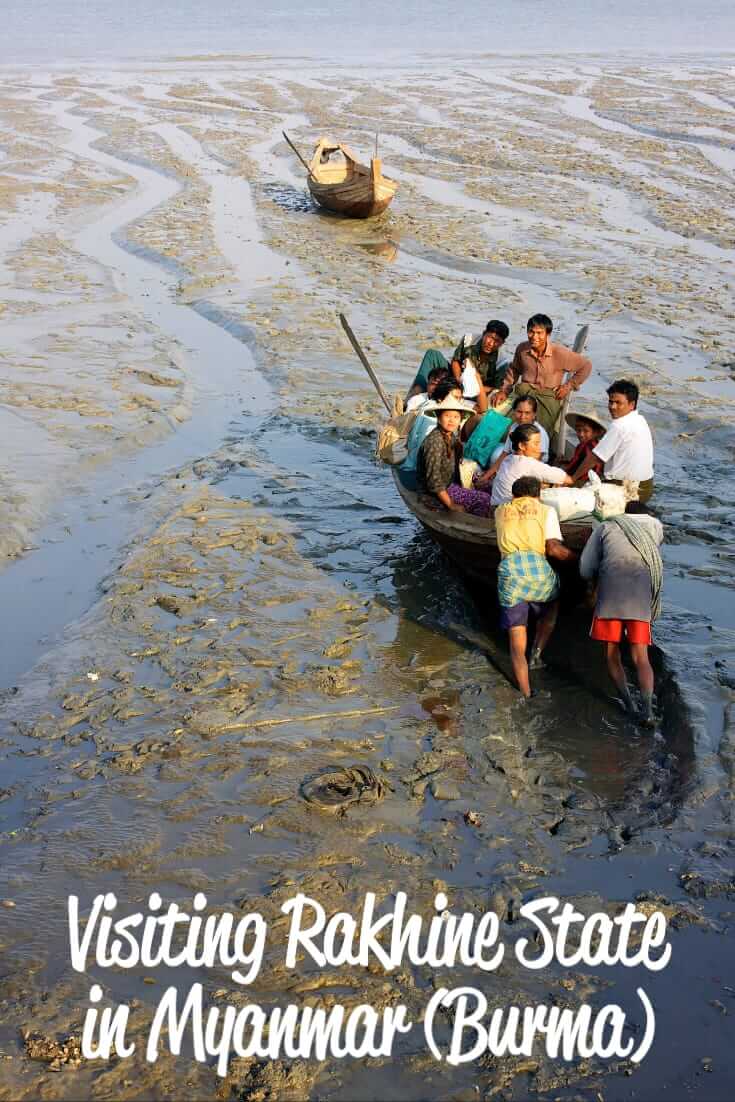

Trackbacks/Pingbacks